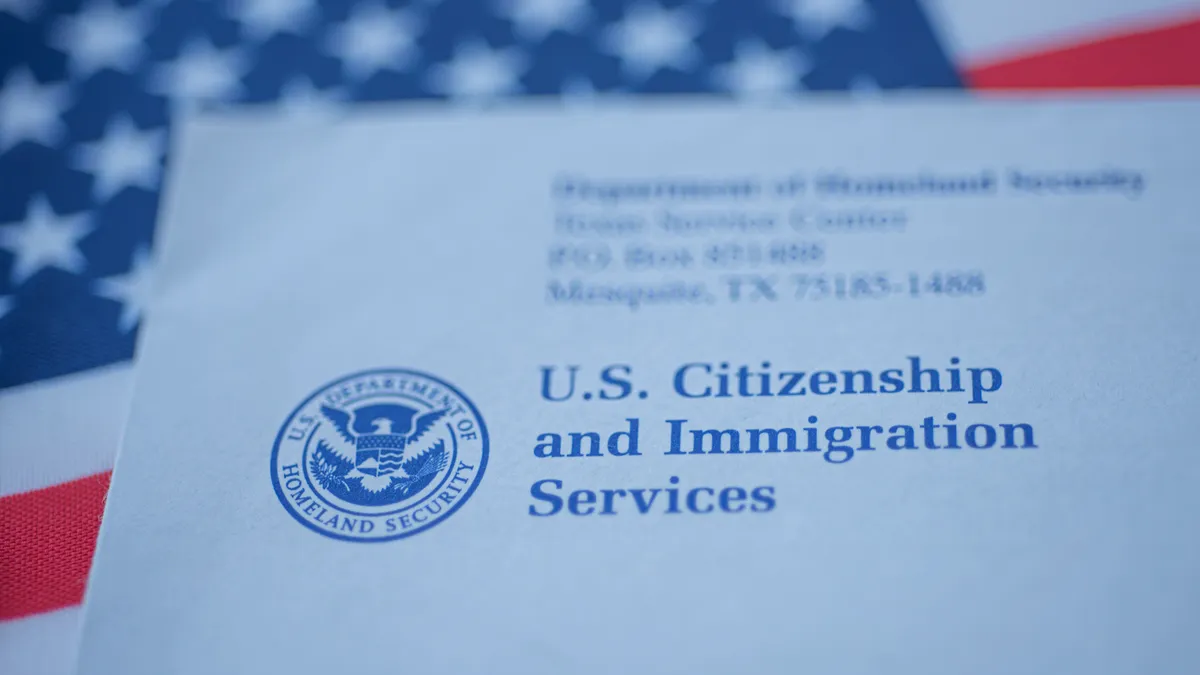Procurement in higher education has come a long way from its back-office roots. Today’s procurement leaders juggle a dizzying array of demands: shrinking budgets, responsible purchasing goals, compliance issues and more — all while navigating persistent supply chain disruptions.
The solution to this mounting complexity isn’t more complexity — it’s thoughtful simplification. Forward-thinking institutions are discovering that streamlined, user-friendly procurement processes aren’t just nice to have; they’re essential in an era where procurement teams are expected to deliver far more than just cost savings.
Simplification as a strategic imperative
Procurement professionals manage competing priorities, endless spreadsheets, documentation hiccups and disconnected technologies that don’t “talk” to each other. It’s like trying to conduct an orchestra where musicians practice in isolation, playing from different sheets of music.
Beyond cost control, today’s procurement teams are expected to simultaneously deliver on quality, speed and responsible purchasing goals, while mitigating risks, innovating and more — often with fewer resources. Despite best intentions, attempts to work around complexity might simplify one step in the short run while adding more steps down the road. Like adding another lane to an already congested highway, workarounds may shift the bottleneck elsewhere.
There’s a better way: To crack procurement complexity, leaders must “bake” user-friendly simplicity into every stage of their workflows, creating processes that feel intuitive rather than burdensome.
What makes a process truly simple? According to KPMG’s research, simple procurement workflows share four traits:
- The job is easier to do with the workflow than without it.
- The workflow is easy to understand and follow.
- There are no gaps or ambiguities in the process.
- The workflow covers even rare scenarios.
Simplification doesn’t mean cutting corners. Rather, it means creating visibility across the entire procurement lifecycle, centralizing information and generating actionable data insights to enable smarter decisions. When done right, simplification enhances control while reducing frustration.
The shift to AI: Making simple feel sophisticated
In a report for Procurement Magazine, Libby Hargreaves, editor of Supply Chain Digital, predicts AI use cases in procurement will explode in the coming months, as past hesitation or playful experimentation gives way to full integration. Thanks to AI advancements, self-service can now feel like full-service, with interactions that are proactive, intelligent, helpful, efficient and frictionless, KPMG writes.
In procurement, emerging automations can range from contract management to supplier discovery, proposal customization, compliance documentation, vendor communications, spend analytics and more. As Forrester describes it, savvy procurement executives will find that investment in AI and automation tools frees up their teams from mundane tasks, prioritizes actions needing closer human attention and optimizes decisions.
Greg Muller, director of strategic sourcing and campus partnerships at UC San Diego, shares that vision. “Basic procurement functions need to be easy and automated for our users. We don’t want a Nobel Laureate wasting time looking for a good pair of gloves when they could be curing cancer,” Muller quips.
Sharon Loosman, director of procurement and business services at North Carolina State University, can relate. With one procurement team serving 12 colleges and 150 departments, Loosman aimed to create systems that would allow colleges to operate independently as experts of their own needs, while making policy-compliant purchases. Notably, Loosman noticed that faculty and staff often sidestepped the university’s official procurement channels to shop on Amazon, drawn by the wider selection, better pricing and faster delivery. Her team then set out to centralize and simplify processes without “breaking anything” or incurring implementation costs, while accessing better reporting.
To make that possible, procurement teams at UC San Diego and North Carolina State have adopted Amazon Business solutions, expanding access for internal customers across the organization. In doing so, the two institutions have integrated purchasing across departments, enabling buyers to access a vast, pre-vetted supplier network and robust functionality: custom approval workflows, deep spend analytics, preferred pricing, enhanced delivery options, Guided Buying policies and more.
Leaning into experimentation, procurement transformation
Looking ahead, procurement teams looking to innovate should embrace experimentation. “My advice is to take the blinders off, get outside your box and explore what else is out there that you haven’t thought about yet,” Loosman advises.
Muller echoes the sentiment: “We’re focused on a broader perspective,” he shares, engaging internal customers to understand their needs beyond one-off transactions and leaning on peers at other institutions to identify strategies already proven successful elsewhere.
“Sometimes we, as procurement leaders, get stuck in the way we’ve always done it,” Loosman concludes. “Let’s raise the bar. Let’s go find solutions and partners who are willing to work with you to make changes that move you forward.”
▷ Learn how Amazon Business can help accelerate your procurement goals: business.amazon.com/education










